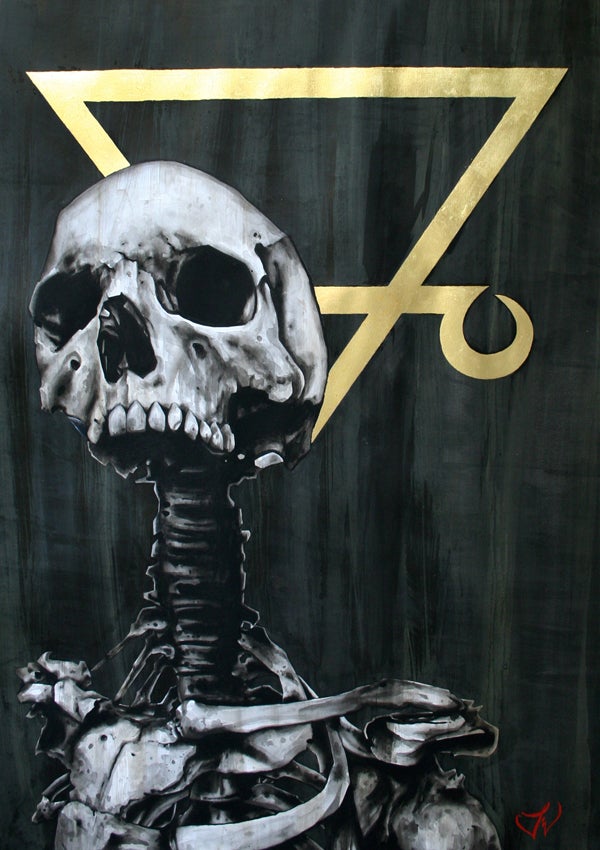Saturday, 21 November 2015
Newes from the Dead
Tuesday, 20 March 2012
203 Years
Two days after Mothering Sunday, on the spring equinox, we play a dirge to the sad remains of a women who left behind four children to die on the gallows. Nothing is sacred - every emotion, every memory has a price. No forgiveness or peace for those who, through their misery, can bring financial gain.
Monday, 23 January 2012
Tuesday, 10 January 2012
Mary Bateman Artwork
Monday, 6 June 2011
Mary Bateman in Northern Earth
Thursday, 7 April 2011
Maria Marten most beautiful and fair. I promised I would marry her upon a certain day; Instead of that I was resolved to take her life away.
"She conceded that Corder, who confessed to the murder the night before he was hanged, was a villain.
"But at the end of the day he was a human being and had a right to be laid to rest," she said"
Partly this case makes me think I will be unsucessful in my attempts to get her buried, and partly it gives me hope that the issue is taken seriously enough to warrant an attempt. Mary Bateman's tongue, preserved and kept in the Bolling Hall museum, was destroyed in 1959 it was confirmed to me today by their social history advisor. If her tongue is considered too morbid an item to retain, her bones must surely be too. The indignity of her body being used as a publicity device for 'ghost hunts' and halloween parties seems to degrade the enormity of a mother's execution, an act which as a society we are supposed to have progressed beyond the need for.
Monday, 14 March 2011
Letter to Thackray - Mary Bateman
"I am writing in the regards to your current display of the remains of Mary Bateman, who you advertise as 'The Yorkshire Witch'. I find the display of an executed woman's remains, especially one who you identify as a witch, ill-fitting with the ethos of a progressive and scientific educational establishment. The incomplete skeleton seems to me to have little educational value beyond morbid shock value, genuine human skeletons that have been legitimately donated are not hard to come by and would be a far greater benefit to children and adults visiting the museum. The continued ill-treatment of her remains for the past 202 years seems to far exceed the nature of her crimes, however serious. This woman paid the ultimate price for her misdeeds during her life, she died pitifully and publicly. To continue to punish her now by displaying her in a disrespectful manner while other women and men who were also executed at the time were eventually buried and laid to rest begs the question, why is Mary Bateman still displayed? To me it seems obvious that her status as a witch seems to give cause to sensationalise her death and to monopolise on the barbaric treatment of her corpse post-mortem. I'm sure her body brings in good revenue for the museum, but I think the neglect of the moral issues of displaying a corpse for little other reason than her connection to a set of folk-beliefs is somewhat archaic. This woman is a part of our cultural heritage, she is a child of the city who's genetic material is still living, walking and breathing around us. From a scientific point of view, I think a display surrounding the continuing nature of DNA would be a far greater benefit, and of a far less morbid nature.
I think a burial for Mary Bateman is 202 years late, and the costs should be met by Leeds University, or whoever has profited the most from the display of her bones. However, I am quite willing to fund raise to help towards the costs."
I have no idea how much interest this small campaign has beyond myself and a few associates who have discussed it with me, but if anyone else wishes to write to them, you can email the museum at info@thackraymuseum.org
Monday, 7 March 2011
Mary Bateman

I feel haunted by viewing her remains, I see little benefit in viewing them, more so an uncomfortable understanding that her status as 'cunning woman' alone resulted in the series of post-mortem assaults. She lived on Timble Bridge, near Leed's Parish Church, under which flowed the beck I see daily. I think of her every time I see the beck, and have traversed through the underground culverts to view the now-subterranean bridge, where once she too must have daily seen the water pass by.
I wish to free the Yorkshire Witch. I hope that within the next two weeks I can implore Leeds University, who own her remains, to give Mary Bateman's bones a burial. The 202nd anniversary of her execution falls on Sunday 20th of March 2011, the vernal equinox. I will write a letter, and post up a petition in the next few days to send to both the museum and the university.








g!Wk~%24(KGrHgoOKjUEjlLmTEG6BKpzcn6wsw~~_35.jpg)